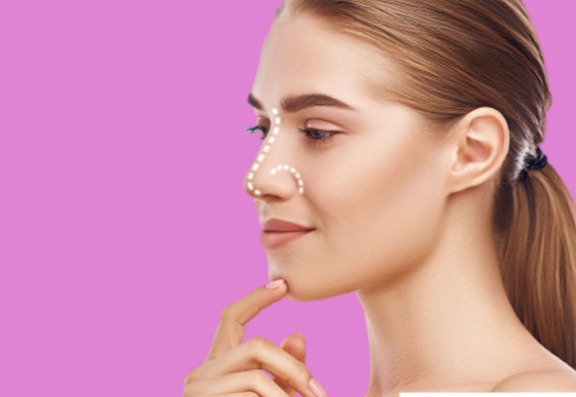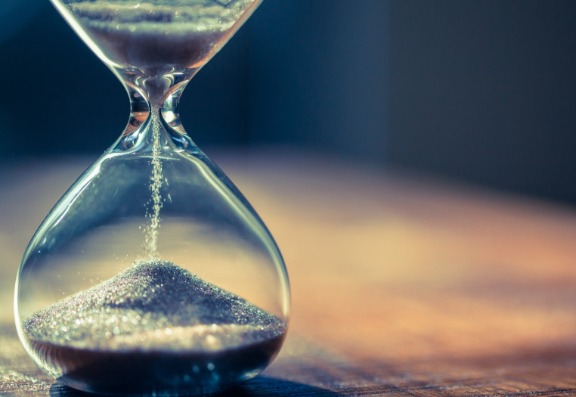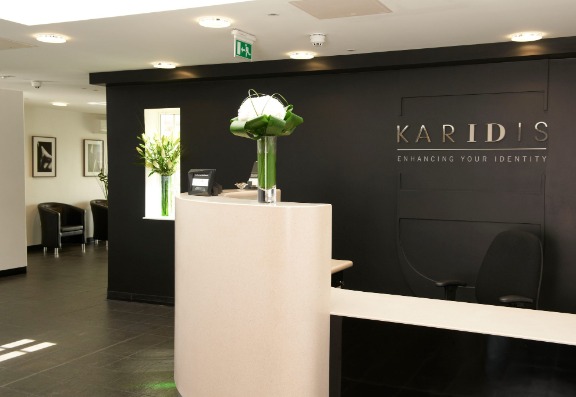
01
Feb
2021
Last year, the Zoom Boom phenomenon prompted a surge in demand for rhinoplasties, also known as nose jobs - as people were spending more time than ever scrutinising their faces due to regular attendance on video calls. Virtual conversations differ from in-person meetings, as you can see yourself while you talk, meaning attention can be drawn to your own insecurities via reflections that may appear low-quality or unflattering.
As we continue to conduct our professional lives remotely, the interest in rhinoplasties is still on the increase and far from fizzling out. As the new year brings change and many of us are restricted to the confines of our homes, we are still looking for ways we can improve ourselves and our appearance. The fact that we are working from home allows us to do this discreetly.
According to Google search data, there remains an active curiosity for the procedure, which has increased by 75% in the UK year on year, with peaks in searches at their highest over Christmas and in the first week of January.
With rhinoplasties on the rise, I decided to weigh in on the trend and procedure, and to share further insight into the considerations which need to be addressed before submitting to the scalpel for those considering a nose job this year.
Rhinoplasty creates a more pleasing nasal appearance, and is one of the most common surgical procedures. The procedure can also be used to correct breathing impairments and nasal traumas, such as a broken nose.
Performed under general anaesthesia, the procedure itself is usually performed through small incisions made inside the nostrils. Having lifted the skin from the cartilage and bone, any undesired bumps are removed using a special chisel and the nasal bridge is narrowed.
If breathing difficulties are being corrected, the septum will be adjusted. Also, the shape of the nasal tip is altered using internal stitches or existing cartilage, in order to keep the new profile in proportion.

The reshaping is followed by a placement of dissolvable stitches and nasal packs in the nostrils to control bleeding and aid healing. Finally, a plaster cast is placed over the bridge of the nose in order to protect the area from infection and support recovery.

There are a range of concerns that people might have which could lead them to consider rhinoplasty, a common one being a humped nose that has a bump on the bridge, which can be surgically smoothed out by the procedure.
It is also common to have concerns about a nose that is not positioned straight or centrally on the face, whether it is the result of genetics, an accident, or an illness. In this case, rhinoplasty surgery can correct this by producing a more symmetrical appearance.
Other reasons include noses that look either too large compared to the rest of the facial features, or too small, as well as a misshapen nose tip or overly large nostrils.
The nose is the facial feature that we’re most likely to inherit from our parents, and the central position of the nose means that even slight asymmetry or disproportion can affect the harmony of someone’s profile. With people seeking more elegant and symmetrical features, a rhinoplasty can help restore this.
For those who are in overall good health, have taken the time to understand the procedure and manage expectations, and have a legitimate concern about the aesthetics of their nose, there shouldn’t be much preventing them from having rhinoplasty.
However, it is important to bear in mind that there are situations in which risks do outweigh the benefits when it comes to rhinoplasty. These include:


The procedure can take anywhere between around 1½-3 hours. The exact timing depends on whether there are only minimal changes being carried out, or more extensive changes. Different surgeons may operate in slightly different ways, and timing can also be impacted by the efficiency of their team of nurses and anesthesiologists.
It is recommended that patients take at least 2 weeks off work following the procedure, in order to allow for sufficient recovery time. Going on walks can help reduce swelling and the chance of blood clots, and avoidance of using makeup on your incisions as well as applying antibiotic ointment can contribute to a smooth recovery process.
You can expect to see the initial results within 3 weeks once swelling and bruising have minimized. After this, the appearance of your nose will continue to improve within 6 months. However, full healing can take up to one year, when the final results of a rhinoplasty come into fruition.
There are numerous ways to conduct rhinoplasty surgery, and the surgeon will decide which one is best for the patient depending on many factors, such as their current shape and their desired outcome.
The least invasive type is a ‘closed rhinoplasty, which only involves incisions being made inside the nostrils. A benefit of this is that scarring is well hidden, however, it limits access to nasal structures during surgery. In comparison, ‘open rhinoplasty involves incisions across the columella between the nostrils as well as inside the nostrils, giving the surgeon full access to nasal structures.
‘Reduction rhinoplasty’ is another term used to describe nose surgery, as many patients require a reduction in nose length or bridge size. Additionally, the term ‘revision rhinoplasty’ refers to a secondary nasal surgery that corrects aesthetic or functional issues that may have arisen from the initial procedure.

Non-surgical rhinoplasty is a non-invasive alternative that has been growing in popularity, due to it being less of a big step than the surgical option, as well as much more affordable.
It is important to understand that non-surgical rhinoplasty uses dermal fillers to add volume, and therefore camouflages irregularities and creates the illusion of a straight nose. So if someone is looking to have their nose made smaller, this is not the right option for them.
However, for those whose requirements suit this option, it can provide the benefits of taking under an hour to perform, being relatively painless, affordable, and involving a speedy recovery process of just a few days.
Also, this procedure is not permanent, as it will gradually disappear after 6-9 months, meaning it is a good option for those who don’t want to commit to results that are long-term.
The cost of cosmetic surgery can be a crucial deciding factor for many patients, and prices can vary depending on the exact procedure and the individual surgery. In order to receive an accurate quote, it is usually best practice to have a consultation where you will receive a full breakdown of your surgical and hospital fee.
The cost of rhinoplasty ranges from around £4000 to £7000 in the UK, and you must also factor in the additional costs of consultations, further surgery or any follow-up care that you may need.

It is vital that patients take the correct steps after rhinoplasty surgery to ensure that they have a smooth recovery process that steers clear of any further complications. Some key things to incorporate into your aftercare shared by Romy Disler and Labhaoise Breslin, surgical nurses at Karidis Clinic, are:
Get plenty of rest
It is advised to take 2 weeks off work after surgery if this is possible. This is because discomfort is likely for the first few days, and it is essential for your body to focus its energy on healing.
Sleep with your head elevated
Sleeping with your head supported and elevated above the rest of your body will prevent your nose and the surrounding area from swelling, by stopping the fluid from building up around the surgical site.
Use ice packs
Using ice packs or cold compresses also helps reduce swelling by restricting blood flow to the sensitive areas and alleviating puffiness - this is especially important in the first few days after surgery when swelling is at its peak.
Keep your nose clean
Using saline spray to keep your nose clean will minimize the chance of infections in the area and help aid a smooth recovery process.
Attend follow-up appointments
Scheduled appointments with your surgeon are important for following up on the procedure and ensuring that recovery is going well, and also provide an opportunity to remove or replace bandages and splints if necessary.
If you want to read more, the experts at Consulting Room really know what they're talking about and have put together some rhinoplasty, scarring, and dermal filler treatment FAQs just for you.
If you have more questions, you can use the rhinoplasty treatment questions, dermal filler treatment questions or scarring treatment questions feature to talk to our panel of trained medical experts.
If you're keen to get started with any of these treatments right away then you're in luck - those clever folks also have a list of trusted, accredited rhinoplasty clinics, dermal filler clinics and scarring clinics in your area.
Many thanks to the author Mr Alex Karidis who is the UK's leading cosmetic surgeon from the Karidis Clinic which is the home of leading surgical and non-surgical aesthetic treatments in the heart of St John's Wood.
The flagship clinic offers the very best in treatments, procedures and thorough patient care provided by a carefully hand-picked team.
As a highly respected surgeon, Mr Karidis is regularly called on by the UK and International media to comment on Cosmetic Surgery.
He regularly features in the Daily Mail, Grazia, Celebs on Sunday, Sunday Mirror, The Evening Standard, Daily Mirror, The Independent and The Sun to name a few.

Hey, wait!
Before you go.....
Let's stay in touch, pop your details here and we'll send our editor's hand-picked updates on your fave subjects.